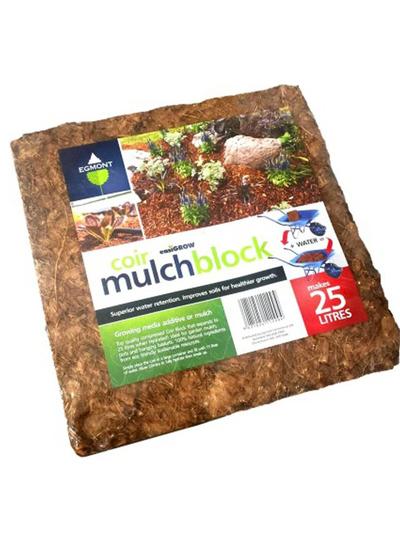
Position:
Avocado trees are a rewarding addition to any garden, offering delicious fruit and a beautiful tree. While avocados are self-fertile, planting both ‘A’ and ‘B’ flowering varieties can increase yield and promote better fruit production. Avocado trees require a sunny, sheltered spot with well-draining soil, and with the right care, they can thrive and provide fruit for many years.
Prepare Soil:
Garden: Choose a sunny, sheltered spot with free-draining soil. Avocados don’t like standing water, so make sure the soil is not compacted or overly rich in clay. Add compost or organic matter to improve drainage if needed.
Pots: Use a large pot with good drainage for container-grown avocados. A mix of half potting mix and half perlite will help balance moisture retention and drainage. Ensure the container has a drainage hole to prevent waterlogging.
Feed:
Garden: Avoid adding fertilisers to the planting hole as the tree already has a slow-release fertiliser in its root ball. After planting, mulch around the base with wood chips or compost to retain moisture and suppress weeds. Feed the tree with a balanced, slow-release fertiliser for fruit trees during the growing season.
Pots: Use citrus fertiliser high in potassium, magnesium, and nitrogen. Apply during the growing season, but avoid over-fertilising, as this can lead to rapid, weak growth.
Watering & Mulching:
Watering: Avocados prefer to dry out between waterings. Water the tree thoroughly, allowing the soil to dry before watering again. Overwatering can lead to root rot, so it's important not to water regularly.
Mulching: Use loose material like compost, straw, or wood chips to mulch around the base. Be sure to keep the mulch away from the trunk to prevent rot. Mulch helps conserve moisture and maintain a consistent soil temperature.
Protection:
Sunburn: To protect the young tree from sunburn, especially in hot climates, apply a diluted white acrylic paint to the trunk. This reflects the sunlight and helps prevent damage to the bark.
Pruning: Prune your avocado tree once or twice a year in spring and/or autumn. Remove 20% of the canopy, focusing on the most problematic limbs. This helps maintain a manageable size and encourages healthy growth.
Harvest:
Hass: Harvest from September to March. The skin darkens to a purple-black colour when ripe. (‘A’ type).
Reed: Harvest from January to May. The skin stays green when ripe, and the fruit is round and of excellent eating quality. (‘A’ type).
Bacon: Harvest from July to August. The thin green skin remains green when ripe and is well-tolerated in cold weather. (‘B’ type).
Fuerte: Harvest from September to December. The pear-shaped fruit has a thin green skin that stays green when ripe. (‘B’ type).
Garden Expert Tip:
If you’re planting multiple avocado trees, choose a mix of ‘A’ and ‘B’ flowering types for better pollination and increased yields. While avocados are self-fertile, cross-pollination between different types leads to a more productive tree.









